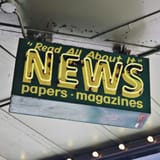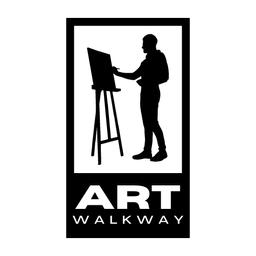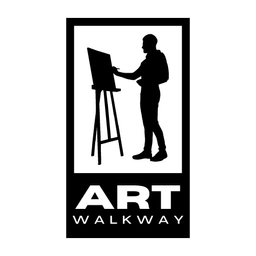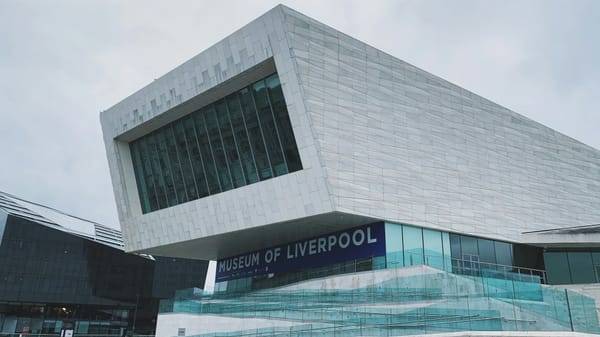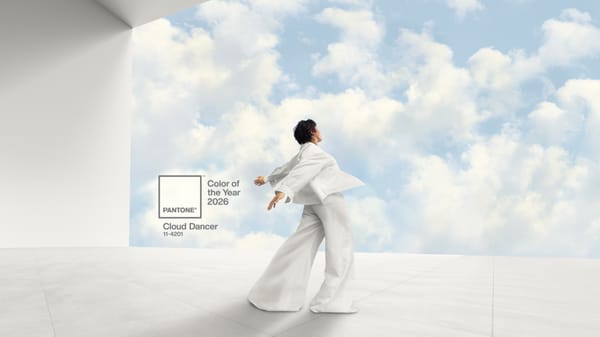Art & Technology: NFTs, AI, and Digital Culture
Explore how NFTs, AI, and digital platforms are transforming art, ownership, and culture in the 21st century.

In March 2021, the art world gasped when a digital collage by Beeple sold at Christie’s for $69 million. It wasn’t the pixels themselves that made headlines, but the tiny string of code attached to them: an NFT, or non-fungible token, that granted a collector “ownership” of an image anyone could screenshot. Overnight, art was not only digital but also decentralized, speculative, and inseparable from the language of cryptocurrency.
That moment crystallized a larger truth: the story of art in the 21st century is inseparable from technology. Just as oil paint once transformed Renaissance frescoes into lifelike portraits, and photography shattered centuries of pictorial tradition, today’s breakthroughs—NFTs, artificial intelligence, and digital platforms—are remapping the boundaries of creativity, authorship, and value.
The NFT Revolution
NFTs promised something radical: scarcity in a medium defined by endless copying. For digital artists long ignored by traditional institutions, the blockchain offered proof of authenticity and a new kind of market. Beeple became its poster child, but he was far from alone. Artists like Pak and XCOPY built vast collector ecosystems, while institutions from Florence’s Uffizi Gallery to London’s British Museum experimented with minting works from their archives.
Beyond Hype and Headlines
The frenzy of 2021 and 2022 was breathtaking. NFT marketplaces like OpenSea and Nifty Gateway saw billions of dollars in transactions. Sales such as Pak’s The Merge, acquired collectively by 28,000 buyers for $91.8 million, challenged the very definition of ownership. Yet just as quickly, a “crypto winter” set in: prices collapsed, speculation cooled, and many declared the NFT boom over.
But underneath the volatility, a quieter story endures. NFTs are evolving from speculative assets into infrastructure. They now serve as:
- Certificates of authenticity, recording provenance in a tamper-proof ledger.
- Digital archives, preserving artworks in ways institutions can control and monetize.
- Royalty engines, enabling artists to receive payments each time their work is resold.
Environmental concerns have also forced change. Early NFT platforms ran on energy-intensive blockchains, drawing criticism for their carbon footprint. Today, eco-friendlier networks like Tezos and Polygon are leading the shift toward sustainability.
In other words, the NFT story isn’t ending—it’s stabilizing.
When the Machine Dreams: The Rise of AI Art
If NFTs redefined ownership, artificial intelligence has redefined authorship. At the Museum of Modern Art in New York, Refik Anadol’s Unsupervised turned MoMA’s collection into a swirling, generative landscape—an algorithm “dreaming” the museum’s history into an ever-changing present. For visitors, the effect was both hypnotic and unsettling: a machine translating human culture into something alien yet strangely beautiful.
Elsewhere, Sougwen Chung collaborates with robotic arms that draw in response to her movements, framing AI not as a replacement but as a partner. Mario Klingemann explores the uncanny valley with AI-generated portraits that hover between realism and distortion, echoing old masters while destabilizing their authority.
The Debates Surrounding AI
AI art has sparked fierce discussion. Is the artist the coder, the curator of the dataset, or the algorithm itself? Can something produced by a machine be considered original? And what happens when an AI’s dataset includes copyrighted material—does the resulting work become an act of plagiarism?
These anxieties are not entirely new. When photography emerged in the 19th century, critics predicted painting’s demise. Instead, painting evolved, freed from the burden of realism. In the same way, AI may catalyze—not kill—human creativity, expanding its vocabulary into unfamiliar and sometimes unsettling directions.
Still, there are ethical fault lines. AI systems can reproduce cultural biases embedded in their training data. They can generate deepfakes, complicating truth in the digital age. And they force us to ask whether creativity is a uniquely human trait, or whether it can be coded.
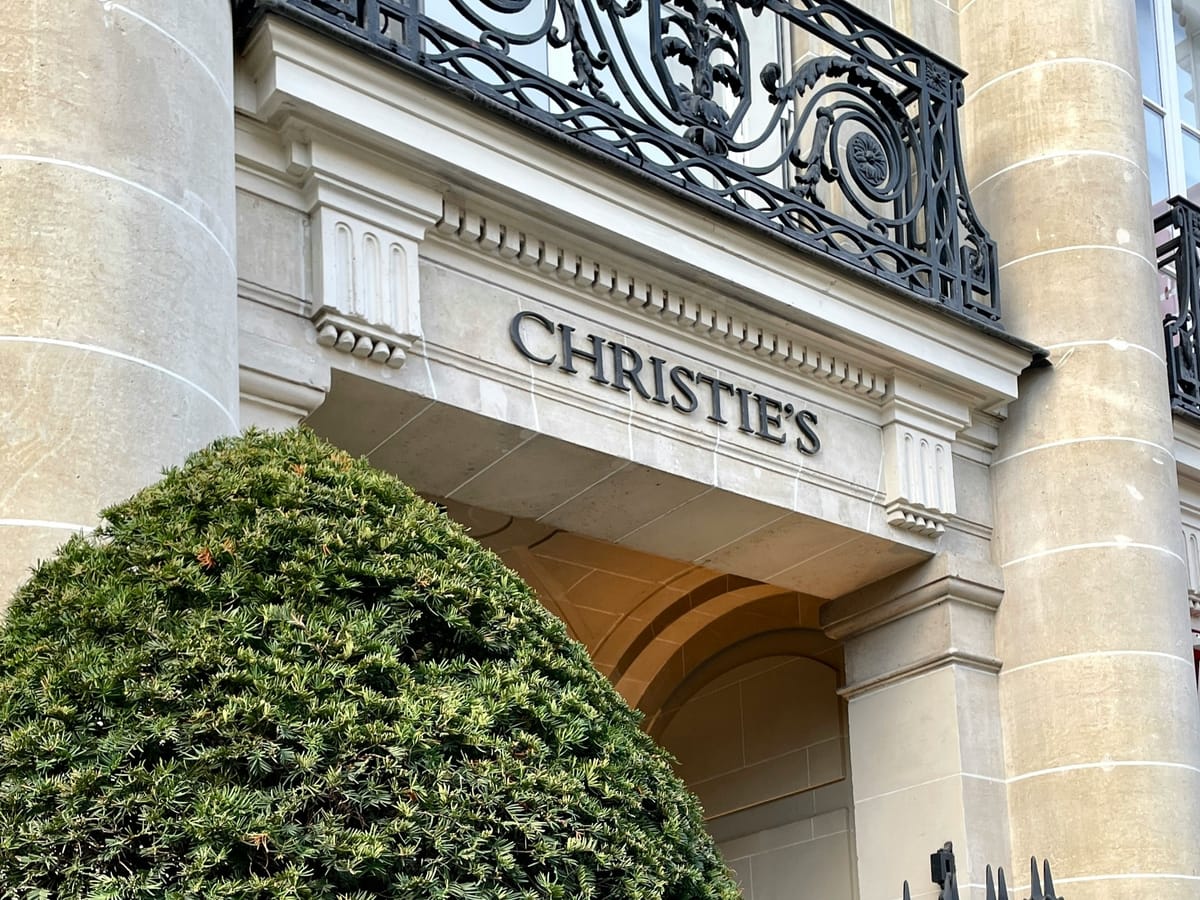

Digital Culture as the New Studio and Gallery
NFTs and AI dominate headlines, but the more pervasive shift may be how everyday digital culture now functions as art’s infrastructure. Platforms like Instagram, TikTok, and Discord are central to how art circulates, gains recognition, and even acquires value.
On Instagram, millions of artists stage their own exhibitions, cultivating global audiences without traditional gatekeepers. On TikTok, the hashtag #ArtTok has turned tutorials, performances, and hacks into viral phenomena, democratizing both education and visibility. Discord servers host NFT communities where artists and collectors form real-time ecosystems, part gallery, part marketplace, part social club.
The line between art and communication has also blurred. Memes, GIFs, and augmented-reality filters circulate as cultural products that are playful, participatory, and endlessly shareable. For digital natives, these expressions are as legitimate as paintings on canvas.
This has given rise to hybrid identities: today’s artist is often also an influencer, a curator, a marketer, and a community builder. Value is no longer measured only in auction prices, but also in engagement metrics—likes, shares, comments, followers. The art object and the social signal are increasingly intertwined.
Old Questions, New Codes
At first glance, the new landscape feels unprecedented. Yet the anxieties surrounding NFTs and AI echo long-running debates. In 1936, philosopher Walter Benjamin wrote of art in the age of mechanical reproduction, worrying that endless copies would strip works of their “aura.” Today, scarcity is reintroduced not through materiality, but through cryptographic code. Authenticity, once guaranteed by museums or galleries, now resides in blockchain entries.
Institutions are adapting. Blue-chip galleries host NFT exhibitions. AI artworks enter permanent collections. Universities develop courses in digital art, blockchain, and creative coding. As the systems of validation shift, the fundamental questions persist: What gives art its value? Who decides? And how do we balance innovation with meaning?
Case Studies at the Intersection of Art and Tech
- Beeple’s Everydays (2021): Christie’s $69 million sale placed NFTs squarely in the blue-chip market.
- Pak’s The Merge (2021): A collective NFT work, acquired by nearly 30,000 buyers, challenged traditional ideas of singular ownership.
- Refik Anadol’s Unsupervised (2023): At MoMA, AI-generated dreamscapes transformed a museum into a living algorithm.
- Sougwen Chung’s Drawing Operations: Ongoing performances highlight collaboration between human gesture and robotic intelligence.
Each case illustrates a cultural turning point: ownership without objects, creativity without clear authors, and art without fixed boundaries.
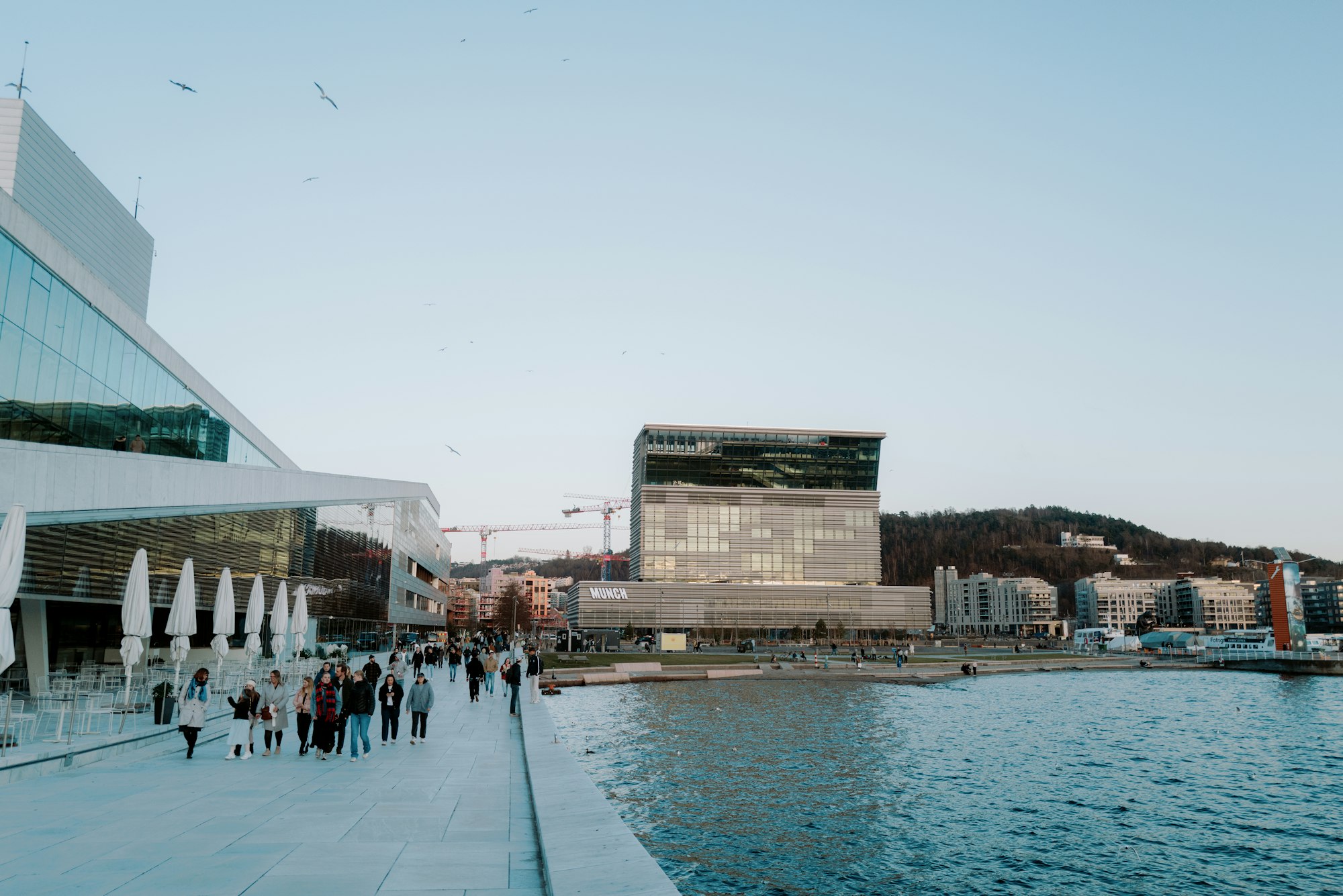
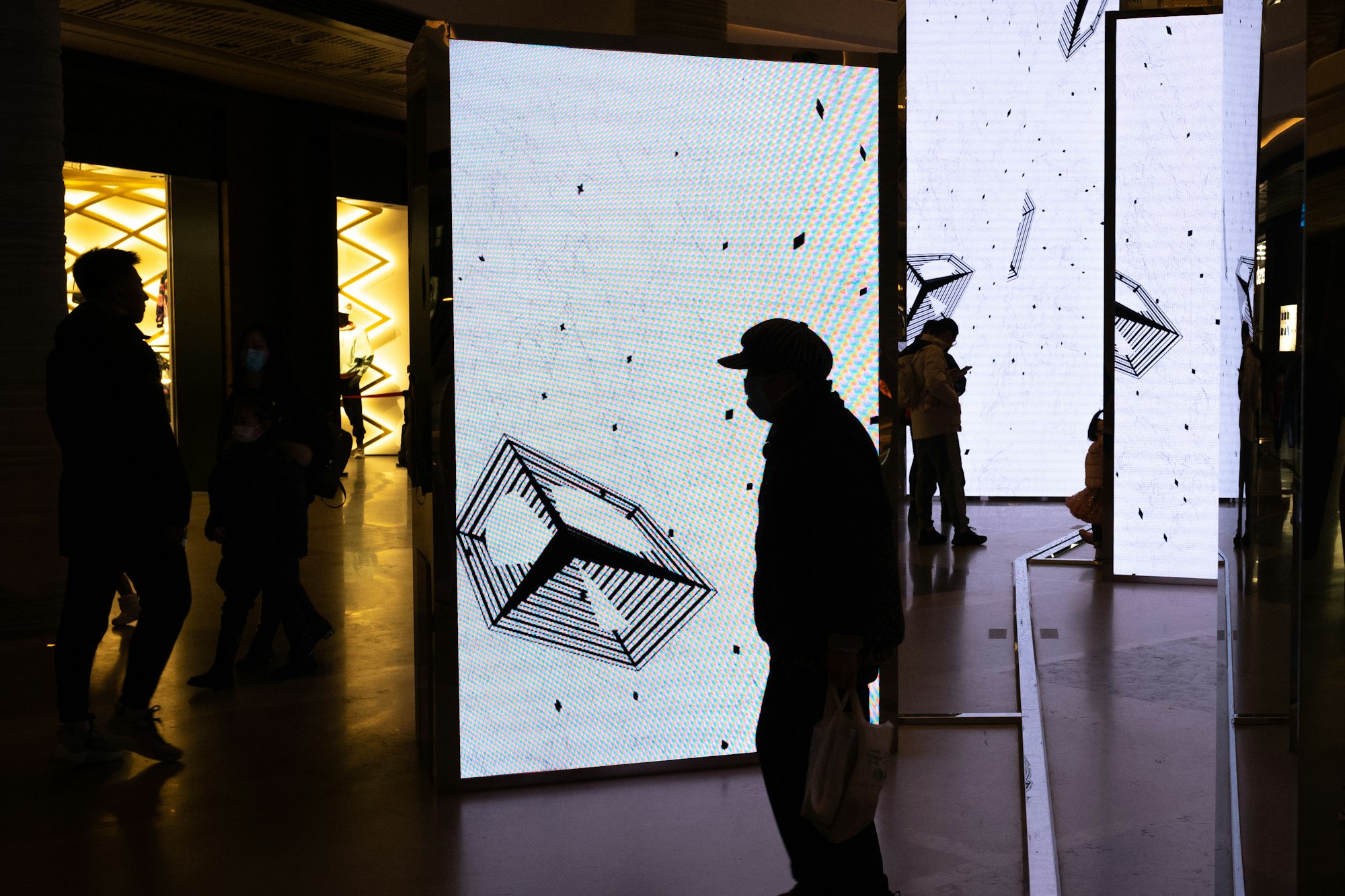
Market Forces and Future Trends
Numbers tell part of the story. In 2021, NFT art sales totaled more than $2.5 billion. By mid-2023, that figure had dropped by over 60 percent. Yet major auction houses like Christie’s and Sotheby’s continue to experiment with digital sales platforms. Meanwhile, AI adoption accelerates: in 2022 alone, more than 20 percent of major art institutions reported using AI for curatorial or creative projects.
Looking forward, three trends stand out:
- NFTs as infrastructure: Less speculative hype, more everyday use as certificates, archives, and royalty mechanisms.
- AI as collaborator: Expanding human creativity while provoking debates on authorship, ethics, and law.
- Immersive platforms: Augmented and virtual reality will blur distinctions between “digital art” and “digital life,” making immersive experiences the new norm.
The Road Ahead
What comes next is not a rupture but an integration. NFTs will continue as quiet infrastructure behind sales and archives. AI will provoke both awe and unease as its role in creativity deepens. Social platforms will remain the default arenas of cultural exchange, shaping not just what art looks like but how it is valued.
The challenge, and opportunity, is to ensure technology enriches rather than overwhelms. For every algorithm, there remains an artist who codes, curates, or resists. For every blockchain contract, there remains the human desire for connection, stories, and meaning.
Art has always adapted to its tools. The true question is not whether NFTs or AI will define this era, but how artists will use them to reflect—and reshape—the culture we inhabit.
Art in the Digital Century
We are living through an artistic revolution that mirrors past upheavals yet feels distinctly our own. Just as photography once unsettled painters, and film remade storytelling, digital technologies are forcing us to rethink creativity at its core. NFTs, AI, and digital culture are not gimmicks at the periphery—they are central to how art will be created, shared, and remembered in the decades to come.
© ART Walkway 2025. All Rights Reserved.
Designed with care to sustain cultural dialogue.

